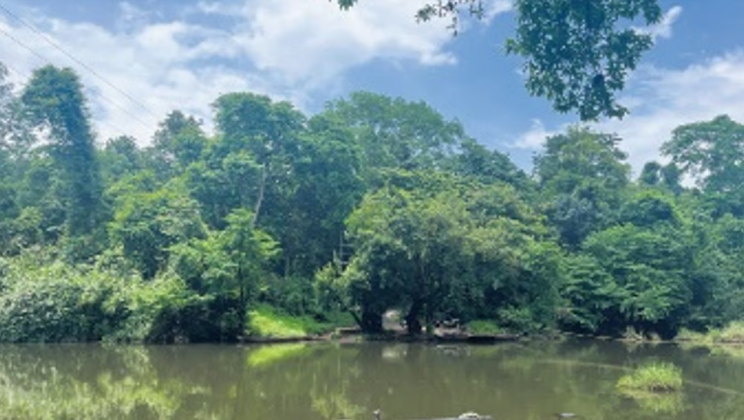Discovering the Untouched Beauty of Kuttampuzha
Nestled on the edge of Ernakulam, Kuttampuzha panchayat stands as one of Kerala’s largest and most pristine regions. Spanning over 650 square kilometers, it is larger than the entire Alappuzha district and boasts one of the last remaining evergreen forests in Kerala, and perhaps even in India. This vast expanse of untouched nature has helped keep pollution levels remarkably low, a fact highlighted during the COVID-19 pandemic.
Nature’s Bounty
Kuttampuzha’s unique charm lies in its abundant forests and water resources, which cover about 95% of the area. The remaining 5% is home to the local residents. The pristine quality of the water here has been confirmed by experts. “Around 20 years ago, a group of experts from Delhi arrived here to examine the quality of water resources. Kuttampuzha panchayat was declared as the only one where aquatic life in the rivers was not affected,” recalls Murali Kuttampuzha, a prominent writer and activist.
The economy of Kuttampuzha is primarily agrarian, with rubber and pineapple being the main crops. The region also played a significant role in supplying bamboo to Hindustan Newsprint, with nearly 85% of its raw material coming from here.
Tribal Heritage
Kuttampuzha is home to a significant tribal population, second only to Wayanad in the state. The panchayat is notable for having a tribal woman, Kanthi Vellakkayan, as its president. “There are 15 colonies here, belonging to the tribals. The major tribes represented here are the Muthuvan and Mannan. Kallelimedu ward has the most number,” says Kanthi.
The Origin of ‘Kuttampuzha’
The name Kuttampuzha is derived from the word ‘Koottanpuzha,’ meaning a conjoined river. Indeed, Kuttampuzha is a confluence of three rivers — Vadattupara, Pinavoorkudy, and Pooyamkutty. These rivers merge to form Kootanpuzha, which eventually became known as Kuttampuzha.
Historically, the road through Kuttampuzha served as the Aluva-Munnar highway, primarily used by the royal family of Poonjar and soldiers traveling to the Muziris Port. This major trade route connected the tea plantations in Munnar. However, the road was destroyed by the 1924 floods and subsequent landslides near Pindimedu. “The road is unique in terms of its structure. It is completely straight throughout and has no elevations or bumps,” says Francis Antony, a former ward member.
Tourism Prospects
The natural splendor of Kuttampuzha makes it an ideal destination for tourism. Murali emphasizes that while tourism can bring significant revenue and development to the area, it must be done with a mindful approach to preserving the ecosystem.
Key attractions include Bhoothathankettu, Pooyamkutty, Shooli Mala, Peendimedu waterfalls, Chellattala, Mamalakandam, and Variyam Kuthu. Additionally, the Injathotti Suspension Bridge, the longest hanging bridge in Kerala, and the Thattekkad Bird Sanctuary are popular spots within the panchayat.
Conclusion
Kuttampuzha, with its untarnished beauty and rich heritage, offers a serene escape into nature’s bounty. As it opens its doors to more visitors, the region promises to remain a beacon of ecological and cultural preservation, inviting all to experience its timeless charm.
